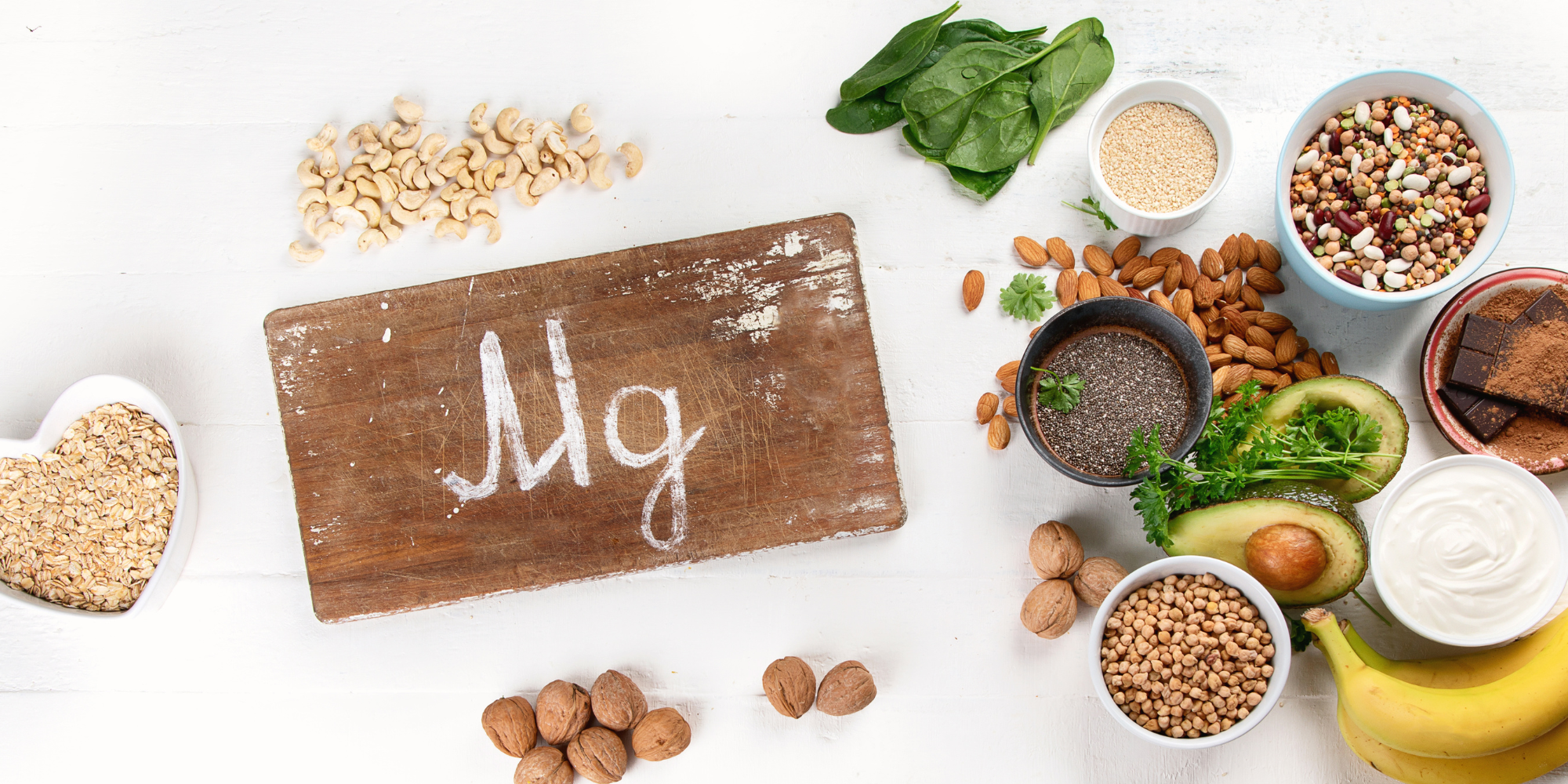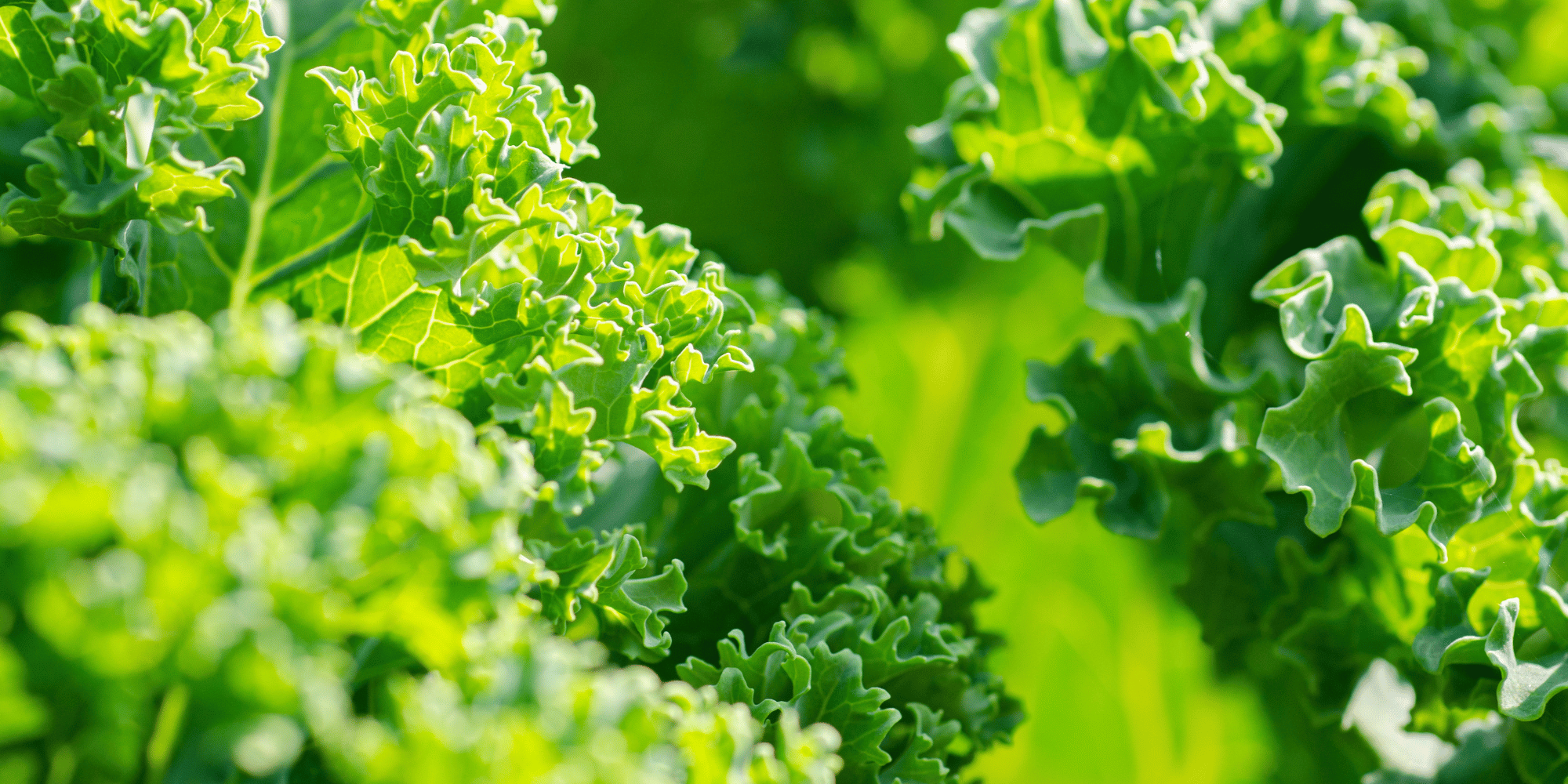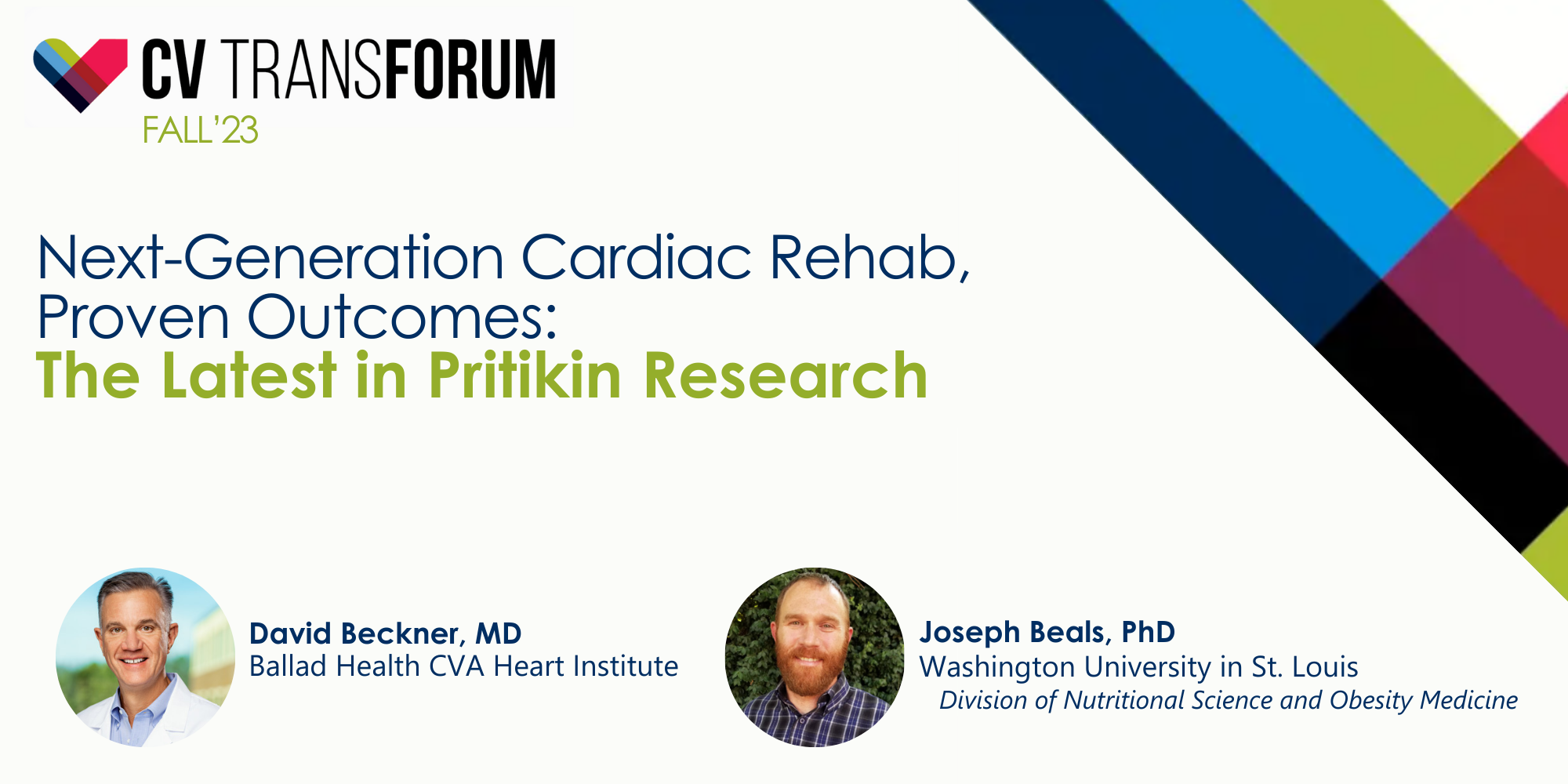Magnesium has been getting attention lately with its purported ability to enhance sleep quality and reduce anxiety. But this important mineral plays a larger role in our health than in just these two areas. Furthermore, how you source magnesium makes a difference.
The Importance of Magnesium
Magnesium is the fourth most abundant mineral in the human body. It’s involved in over 300 enzymatic reactions within the human body, contributing to:
- Energy production
- Bone health
- Protein synthesis
- DNA maintenance
Magnesium is also integral in:
- Maintaining normal muscle and nerve function
- Regulating blood sugar levels
- Supporting a healthy immune system
Our bodies keep tight control over our magnesium levels by balancing the amount we absorb and excrete through our kidneys, excreting less when intake is low. Despite its significance, magnesium is not routinely monitored during health assessments and thus, has been referred to as the “forgotten” element.
Heart of the Matter
Many of us fall short of the recommended daily intake of magnesium – especially if we are relying on the refined grains and processed foods typically part of the Standard American Diet (SAD) to meet our needs. Habitually low intake levels can lead to subclinical deficiencies and increase the risk of cardiovascular issues. That’s because, when it comes to our heart, magnesium helps maintain normal heart rhythm, vascular elasticity, and blood pressure regulation. This ability to positively impact blood pressure was beautifully demonstrated in the Dietary Approaches to Stop Hypertension (DASH) study. The researchers discovered that by adding foods rich in magnesium, along with other key nutrients like potassium and calcium, found in fruits, vegetables, and low-fat dairy products, blood pressure was significantly reduced compared to the control group.
Sources of Magnesium
If by this point, you’ve been convinced of the mineral’s importance and are considering adding more magnesium to your intake let’s explore your options.
Supplements often come to mind when considering bumping up our intake of individual nutrients. That’s logical given how lucrative the supplement industry is in the United States (US). The US supplement market size was valued at close to 51 billion dollars in 2022 and is expected to keep growing. But greater emphasis from major health organizations like the American College of Lifestyle Medicine is now centering on getting essential nutrients, like magnesium, in the context of a whole food, plant-based diet versus relying on a pill. How might you integrate more magnesium-rich foods into your diet? Let’s explore some options.
Whole food plant-based diets emphasize consuming nutrient-dense foods in their minimally processed form. This type of eating pattern assures a consistent source of foods naturally rich in magnesium. The mineral is abundant in all green leafy vegetables, cereal, nuts, and legumes. Specifically, excellent sources include:
- Spinach and kale
- Almonds, pumpkin, and chia seeds
- Whole wheat
- Quinoa and brown rice
- Black beans and lentils
When we spend time improving the quality of our overall diet the benefits to our health increase dramatically.
Benefits of Whole Food Plant-Based Magnesium
While magnesium supplements can be beneficial for those with specific deficiencies, incorporating magnesium-rich foods into a whole-food plant-based eating pattern is a delicious and sustainable way to meet daily requirements. The synergistic effect of various nutrients in whole foods enhances the absorption of magnesium, ensuring the body can effectively utilize it without overdoing it.
One way to conceptualize this idea is to think about it like a scorecard. When we take a supplement it's easy to check an imaginary box that says, ✔️ “magnesium". But the beauty of checking the magnesium box in a magnesium-rich food like spinach is that you get to check a lot of other nutrient boxes at the same time ✔️✔️✔️✔️.

By prioritizing nutrient-dense plant foods, we can enjoy the numerous benefits of magnesium alongside an abundance of other essential nutrients for optimal health.





